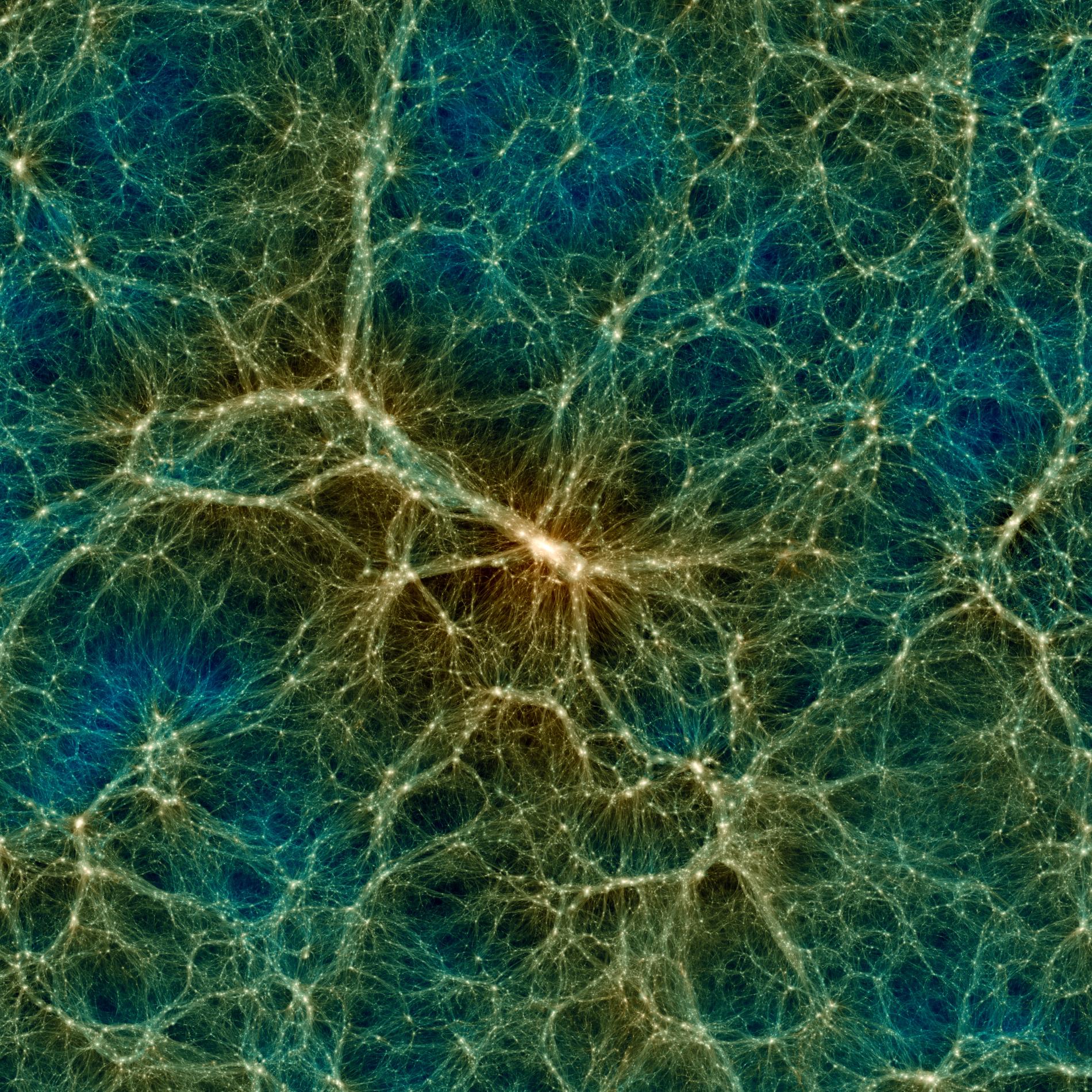Galaxies in the great cosmic voids grow more slowly than the rest of the universe
The IAA-CSIC participates in a study that shows for the first time observationally that galaxies in the sparsely populated regions of the universe evolve more slowly than those in highly populated areas. The result is part of the CAVITY project, led by the University of Granada and developed at Calar Alto Observatory (CAHA)
Galaxies are the fundamental building blocks of the large-scale structure of the Universe, forming a sponge-like network of dense clusters, filaments, galactic walls and very sparse regions known as cosmic voids. These voids are the least dense regions in the Universe, occupying about 80% of its volume and containing only 10% of its mass. An international team publishes a paper in Nature today that shows that galaxies in these voids evolve more slowly than other galaxies.
Previous studies have shown that galaxies in voids have, on average, properties that correspond to younger and less evolved systems than galaxies in filaments, walls and clusters. However, no evolutionary differences between them had ever been proven observationally. The CAVITY project, led by the University of Granada and developed at Calar Alto Observatory, with the participation of the Institute de Astrophysics of Andalusia (IAA-CSIC), was born with this purpose.
The CAVITY team has succeeded in estimating, for the first time, the rate at which galaxies in cosmic voids form stars throughout their history, as well as the role that the large-scale structure of the Universe plays in galaxy evolution. This is the first statistically significant study of the evolution of galaxies in the different large-scale structures of the universe, with data from about ten thousand galaxies in voids, filaments, walls, and clusters.

The team has been able to estimate the ages and masses of the stars that make up these galaxies and describe their star formation history, revealing that galaxies in voids evolve more slowly than galaxies in denser structures.
In addition, they have found that the first galaxies to form in the universe evolved at the same rate regardless of the structure they are in now. However, about eleven billion years ago, when the universe was two and a half billion years old, the evolutionary histories of galaxies began to diverge, indicating that in the early stages of the universe the large-scale structure may not have been so defined as to generate differences in the evolution of the galaxies that formed then, but it did at later stages.
This large-scale structure is the result of the evolution of the universe since the Big Bang, and studying the current distribution of galaxies and their properties allows us to rewind time and obtain information about the initial conditions of the universe. The high density of filaments and clusters accelerates and alters the characteristics of galaxies, but voids are quiet, slowly evolving environments that can shed light on the initial conditions of the universe.
"These results are based on the analysis of the integrated spectra of the central zone of galaxies, an area of great relevance although of small size. We are collecting data at Calar Alto with a spatial resolution that will allow us to explore both the global and local properties of the galaxies residing in these cosmic voids", says Rubén García-Benito, researcher at IAA-CSIC who participates in the work and in the CAVITY project.
J. Domínguez-Gómez et al. “Galaxies in voids assemble their stars slowly”. Nature, 28 June 2023. DOI: 10.1038/s41586-023-06109-1
Instituto de Astrofísica de Andalucía (IAA-CSIC)
Unidad de Divulgación y Comunicación
Silbia López de Lacalle - sll[arroba]iaa.es - 958230676
https://www.iaa.csic.es
https://divulgacion.iaa.csic.es

